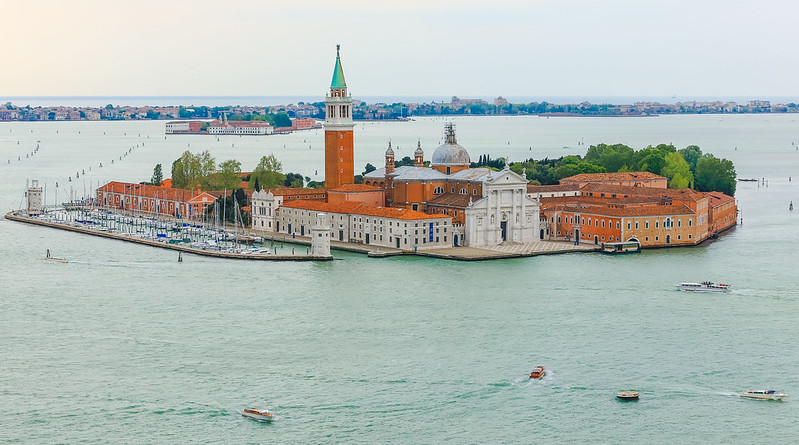I don't really know a way in which to describe how it looks... The grey card is a fairly dark grey on my calibrated monitor?
I can tell you one thing... The white of the forum background appears to have a warm yellow-ish tinge to it.
The grey card on my screen is the same as a 18% grey card in real life.. I spot metered off the card, so it was rendered 18% grey (or possibly closer to 16% for all you pedants out there

), so that is how it should appear in the image..which it does here... so yes, it should be a reasonably dark grey.
The white of the forum background is pure white here... no trace of yellow, if anything... slightly cool, with a slight hint of magenta: The result of the CCF backlighting not being spectrally pure and being recorded by the camera in a way the eye does not, and the fact that the polarisation filter in the monitor panel will always cause colour shifts when you photograph a monitor... but it's only slight here... to all pretence and purposes, whites are white when viewed here - absolutely no trace of yellow.
It'll only look correct if the room lighting is correct too.
Room lighting is 6500K balanced in the room the image was taken. If you mean it will only look right for anyone viewing the image if they have correct lighting, that is true... but highlights are definitely NOT yellow in that image.
Okay... Here is an image edited by myself this evening on my "calibrated" monitor to what I think is a pleasing result. Tell me what you guys think.
 From San Marco
From San Marco by
Edward Reynolds, on Flickr
Have you gone for pleasing, or accurate? It has a strong cyan/yellow cast here, which gives it an overall green feel. However, as I have no image of the same place, taken at the same time, I have no standard to judge it by. Remember, "pleasing" is subjective - accurate is not.
Make sure you are using controlled lighting the same as mine (6500K), I use one of these...
http://www.bltdirect.com/energy-sav...watt-daylight-bayonet-cap-60-watt-alternative which are actually pretty damned good. Take a test shot, including a 18% grey card. Edit it so the grey card on your screen is identical to the real card when held in the same place with the same lighting in real life (best to do it at your workstation as I have done) and then post that. If your screen is accurate, the grey card in your shot should be identical to the one in mine. (But even this will only work if we both use the same room lighting, so if you have 3400k "normal" room lighting yours will still look different to mine).
This is the only way to be sure - if we both photograph something of a known, accurate standard, edit it so what's on our screens is the same as our eyes perceive it, then compare results. If our screens are calibrated the same, the images will be the same. Even those with uncalibrated screens that are not accurate will perceive them as the same - inaccurate... but the same.
(Do not auto white balance by using the dropper tool in lightroom by clicking it on the grey card - This WILL give an accurate result, but it will do so regardless of how accurate your monitor is. Do it VISUALLY by judging the grey card on your screen against the actual grey card when held against your monitor and making manual adjustments to get them looking the same - this way you are testing the accuracy of your screen's calibration.)
By posting an image of something I can't compare it to here (like the above image of San Marco), it becomes subjective. You have to use a calibrated standard of some sort, so a scene with a grey card in it is ideal, as you can then adjust the image so that what is on your screen looks identical to the actual card when held next to the monitor (assuming the lighting of the scene has not changed).
Also... remember to correctly convert the image to sRGB using "Edit/Convert to Profile" in Photoshop before posting - do not use "Assign Profile".
That sounds like a pain in the arse, but it's the ONLY way to be absolutely sure that it's accurate. If you want to test whether one person's screen is the same as someone else's, then you either A) Have to be there to compare the two directly, or B) control every aspect of a test image's production to establish a standard by which to judge the output. Any differences in room lighting and test object being photographed will make the results meaningless.
I'd be giving that old Spyder 3 some suspicious looks if your highlights are yellow in my image. How old is the screen?


 .
.  ) that was edited/created on a calibrated system that the customer can compare to the real thing at home on their own monitor, ie a benchmarch if you like, that they can use to see how their monitor compares to a professionaly calibrated one. I stopped this in fear of breaching any copywrite but it was a good solution to the problem for a moment.
) that was edited/created on a calibrated system that the customer can compare to the real thing at home on their own monitor, ie a benchmarch if you like, that they can use to see how their monitor compares to a professionaly calibrated one. I stopped this in fear of breaching any copywrite but it was a good solution to the problem for a moment. From San Marco
From San Marco